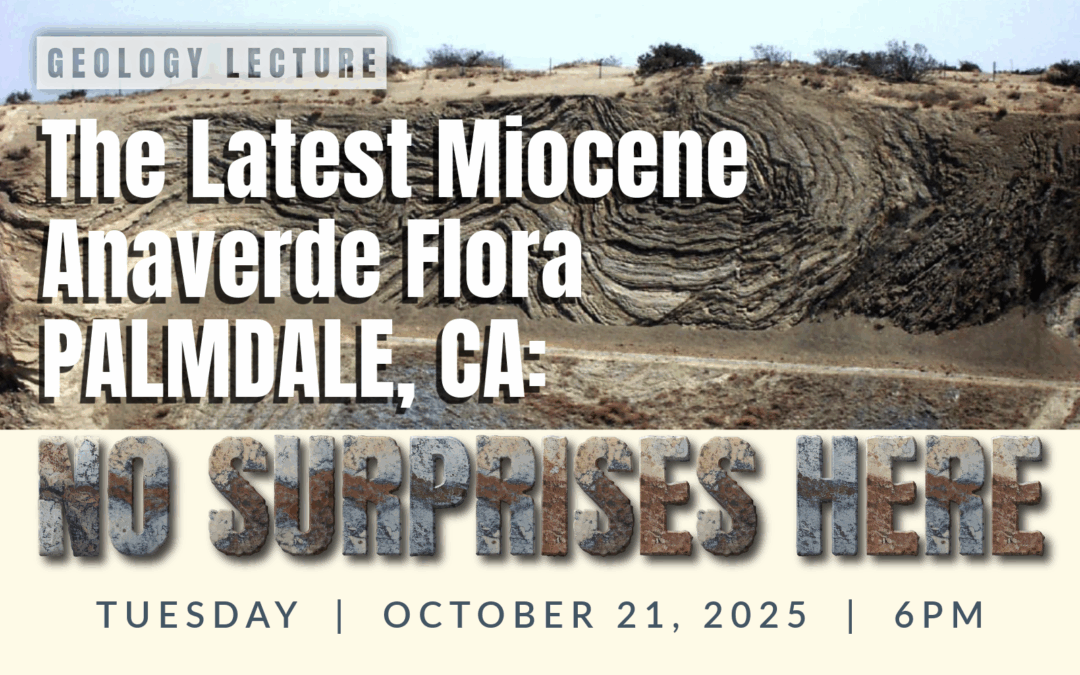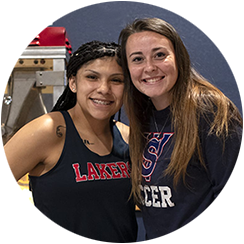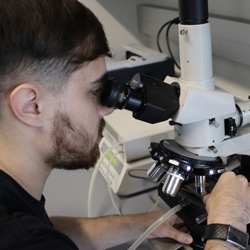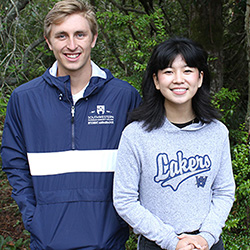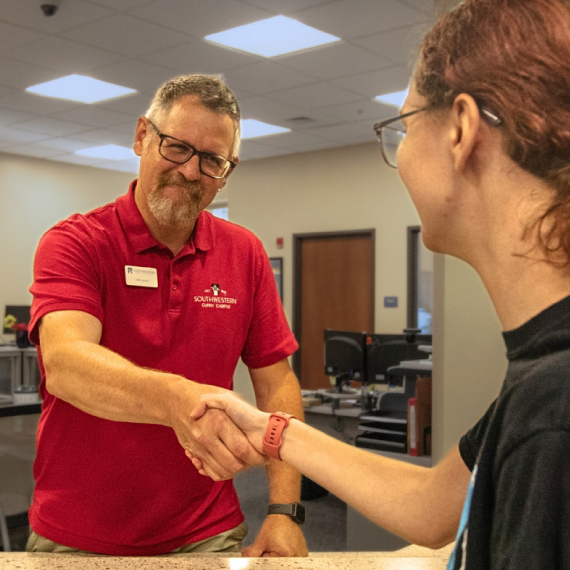COOS BAY, OR – Southwestern Oregon Community College invites the community to join us on Tuesday, October 21, 2025, at 6:00 pm, for “The Latest Miocene Anaverde Flora, Palmdale, CA: No Surprises Here” with Jeffrey A. Myers, Ph.D., Geology Professor Emeritus, Western Oregon University. This is a free event; all ages are welcome.
Coos County residents can join us in-person in the Umpqua Hall lecture room (room 184) on the Coos Campus, 1988 Newmark Ave., Coos Bay.
Curry County residents can join us for a watch party in the Community Room on the Curry Campus, 96082 Lone Ranch Parkway, Brookings.
For those not able to attend in person the lecture will be streamed live on the College’s YouTube channel at: www.youtube.com/@southwesternOR/streams.
About the Lecture:
While building the Antelope Valley Landfill near Palmdale, CA, scientists found over 3,000 fossilized plants in rocks from about 10 million years ago (late Miocene period). These fossils come from what’s called the Anaverde Formation. Join us as Dr. Myers takes us on a journey back 10 million years to explore an ancient landscape near modern-day Palmdale, California.
Researchers identified 21 different types of plants. Many of these, like poplar, willow, sycamore, magnolia, and sedges, likely grew near rivers or streams, where it was moist.
Other plants, like oaks, manzanita, and ceanothus, probably lived on the drier hills nearby and were found less often in the fossil assemblage.
Based on where these types of plants live today, and geologic characteristics of the formation, the area back then was likely a flat coastal plain with swamps and seasonal flooding. Surrounding this flat area were steep hills covered in oak woodlands and chaparral (a kind of dry shrubland common in California).
One of the most prominent paleobotanists of the mid 1900s, Axelrod previously suggested that it once had tropical forests like those in Mexico. But the new analysis shows that many of Axelrod’s plant identifications were based on poorly preserved or incomplete fossils.
Instead, the new evidence points to a plant community that was common in California during the late Miocene, roughly 10 million years ago — not tropical, but more like a mix of plants we still see in parts of California today: The central coast and Central Valley’s oak savannahs and chaparral scrublands.
Some plant families that are common in chaparral today (like Rhamnaceae and Ericaceae) had not yet become diverse at that time, meaning they became more widespread after the late Miocene.
About the Presenter:
Dr. Jeffrey Myers earned his bachelor’s degree from the University of California, Santa Barbara in Geological Sciences and Environmental Biology, a master’s degree from San Diego State University, and a Ph.D. from the University of California, Santa Barbara in 1998. He has been a research associate of the University of California Berkeley Museum of Paleontology with his collaborator and co-author Dr. Diane Erwin. He has served as a geology professor and paleobotany researcher at Western Oregon University for over 25 years.
For more information about the lecture series contact Dr. Win McLaughlin, Assistant Professor, Geology at win.mclaughlin@socc.edu or 541-888-7002.
For more information on upcoming lectures contact Cassie Coyner, STEAM Pathways Coordinator, at 541-888-7416, or cassie.coyner@socc.edu.
To learn more about STEM degrees at Southwestern visit: https://www.socc.edu/programs-classes/stem/.

